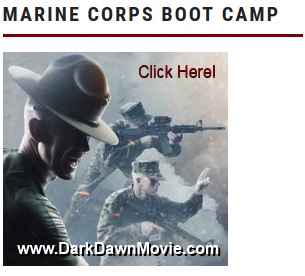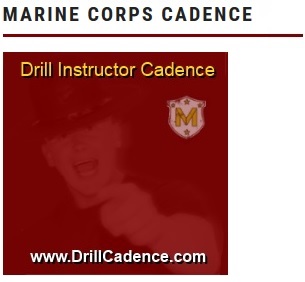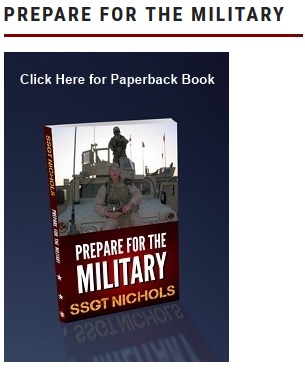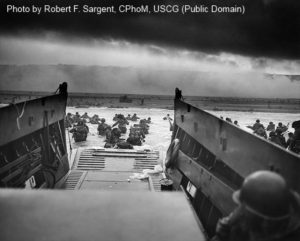
Public perception of life in the military can be swayed, spun, or misrepresented by any number of detractors. There is a group of service members who have the actual job of providing clarity and transparency in every military action. Those professionals have jobs such as Public Affairs, Broadcast Journalism, and Photo Journalism. This article in my series on military jobs will concentrate solely on Photo Journalism, also known as Combat Camera.
Combat Camera (USMC 46xx/USAF 3N0xx/Army 25x/Navy MC)
The Early Camera and its Use
The camera as we know it has been in use since the early 1800’s. At that time, the use of cameras was primarily by scientists trying to improve the design and ease of use. Sometimes individuals had portraits taken, but it was a long process from the time the subject sat down until the picture was complete. There were even props used to hold a subject’s head motionless for the required time for the exposure to happen. Have you ever seen a portrait from the 1800s in which the subject looks to be in a good mood? Yeah, I haven’t either. The evolution of the camera since that time has been drastic. Every cell phone now has a digital camera installed, and the images of the universe taken by the Hubbell Space Telescope are breathtaking. There are even reality television shows, the content of which is exclusively photos and videos taken by regular people.
Widespread camera usage became more prevalent around the time of the Civil War, and since that time, cameras have been used to document events of historical importance. Many military photos of that era were actually staged scenes, with the photographers re-positioning deceased soldiers and other parts of the scene. The limitations on taking photos of moving objects and the desire to drive home the message of the photo were the primary reasons for staging. A good example of this is a photo taken by Alexander Gardner, one of the better known Civil War photographers.
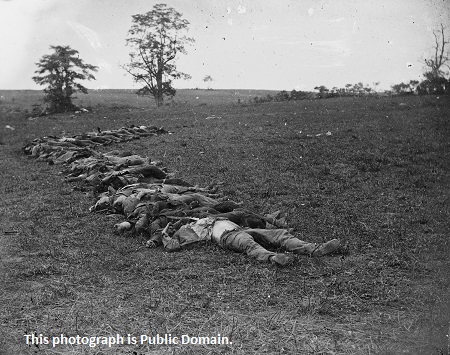
The Camera’s Use in Wartime
Perhaps the three most iconic photos of American military significance were the 2nd flag raising on Mount Suribachi (Iwo Jima), Napalm Girl (Trang Bang Vietnam), and Saigon Execution (Saigon Vietnam). All of those photos were taken by civilian photographers. Those photos captured the imaginations of the world largely because they were widely released in various publications. There have been equally iconic and important photos taken by military Combat Camera members. “Into The Jaws of Death” (Normandy Landings), the signing of the Armistice to end the Korean War, Saddam Hussein immediately after capture by American forces, and the infamous oil well fires in Kuwait after Desert Storm were all taken by Combat Camera.
What is Combat Camera?
The role of combat camera is to document military history. Members of this small fraternity go into harm’s way, usually lightly armed, to not only document the events at which they are present for public consumption, but also to help combatant commanders understand the conditions in the area of operations under their charge. In some cases, the photographs taken by Combat Camera are immediately classified, and as such, aren’t released to the public until their declassification.
All branches of service have members that are assigned as Combat Camera. Schooling for this MOS is about 12 weeks, depending on the branch. Skills learned during training include optics, light sources, photographic theory and fundamentals, and exposing, processing, and printing negatives. There is also great emphasis on digital photography given that the technology of today largely renders chemical photography (developing film) unnecessary. In fact, some estimates are that a full 99%of photographs taken in the world today are digital. Other topics trained are scanning hardware and software, archiving and editing, and imaging software.
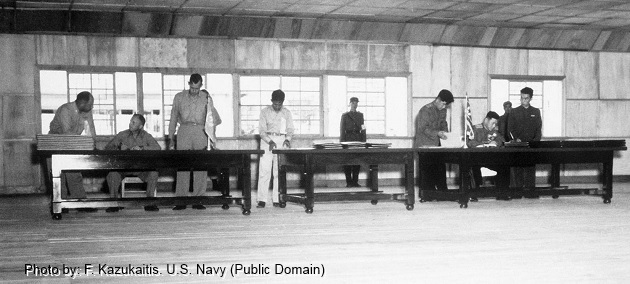
When not deployed, most of the time spent by Combat Camera personnel is on documenting field exercises, ceremonies and changes of command, and other miscellaneous events that occur around the military base. When deployed, Combat Camera folks document life on the operating base. They also accompany units of all types “outside the wire” (off base) in order to document the mission. In some cases, Combat Camera personnel accompany infantry, special operations, and aviation units while they conduct their business.
Veterans of the Combat Camera jobs in the military can generally find employment after separation with news organizations, publications such as Time Magazine, and sometimes as a photographer with the US Government. Many have also started their own businesses taking photos in a free-lance capacity or even opening their own studio. The training and experience received while serving is an invaluable asset.
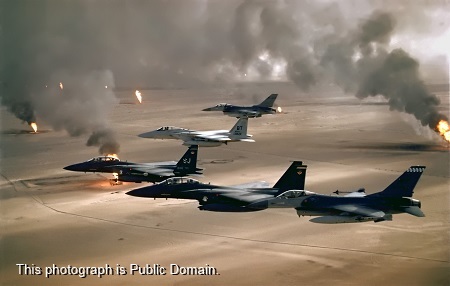
Being flexible and detail oriented are traits that would be helpful for those wishing to become Combat Camera. Patience and adaptability would also be helpful traits. Because of the nature of the job and the fact that Combat Camera folks carry way more photographic equipment than they do armament, I would submit that being brave and calm under pressure are possibly the greatest attributes that may indicate future success in this field. Indeed, there is a long list of our brave Combat Camera personnel making the ultimate sacrifice to do what they do.
Tribute To LCpl Ralph Fabbri
I’d like to close the article on that note with the story of United States Marine LCpl Ralph Fabbri. LCpl Fabbri, a native of Altoona PA, joined our beloved Corps in 2008. After completing recruit training at Parris Island and Marine Combat Training at Camp Geiger, he went to the Defense Information School in Fort Meade MD, training to become a Combat Cameraman. On his first deployment, he was attached to Company I, 3rd Battalion, 7th Marine Regiment. On September 28th 2010, he accompanied a squad on an “ambush patrol”, which is basically a patrol where the enemy is struck in a place of comfort and when they are feeling complacent. During this patrol, LCpl Fabbri was hit by sniper fire, and despite the gallant efforts by the other Marines in the squad and the Navy Corpsmen assigned with the company, he succumbed to his injuries. The Marines of 3/7 lost a Marine they held in the highest regard that day, and our country lost a brave American. Fair winds and following seas, Marine.
Matt Hutchason joined the Marine Corps in 1988. He held various positions, including Artillery Surveyor, Artillery Fire Direction Controlman, and recruiter. After reaching the rank of Staff Sergeant, he transferred to the Army in 1998 to attend Warrant Officer Candidates Course. He retired in 2009 as a CW3 Blackhawk pilot. He currently lives in Madison, Alabama with his wife and children and works as a Defense Contractor. Click here to contact Matt with questions or comments.





